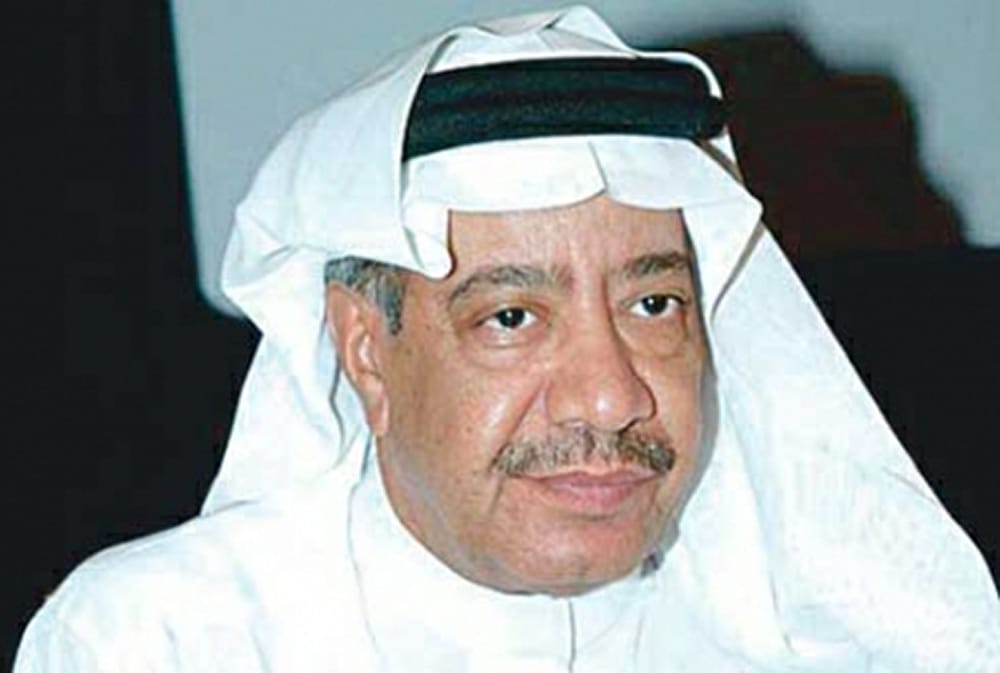
Mohammed Al-Rasais stands as a pivotal figure in Saudi Arabia's art scene, renowned for his profound expressionist works that delve into themes of exile, pain, and human experience. His unique style and dedication to the arts have significantly influenced the Kingdom's cultural landscape.
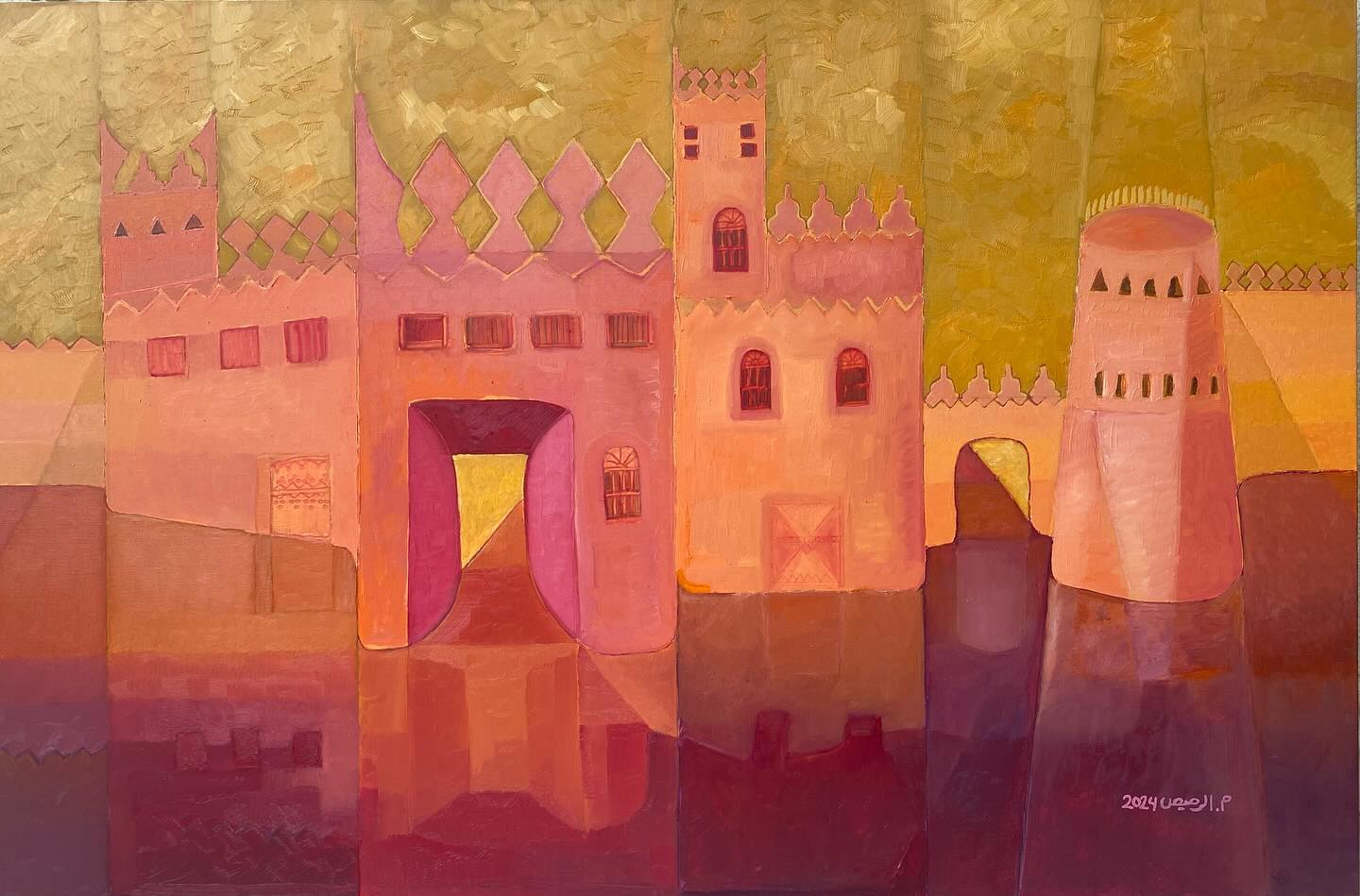
Background and Inspiration
Born in 1950 in Saudi Arabia, Al-Rasais pursued his passion for art through extensive academic endeavors. He earned a Diploma from the Institute of Art Education for Teachers in Saudi Arabia (1969), a B.A. in Art Education and Painting from Helwan University, Egypt (1977), an M.A. in Arts & Painting from Ohio State University, USA (1982), and a Ph.D. in Art Education from the same institution (1989).
His experiences abroad, combined with his deep-rooted connection to Saudi culture, have profoundly shaped his artistic vision, blending global art movements with traditional Saudi themes.
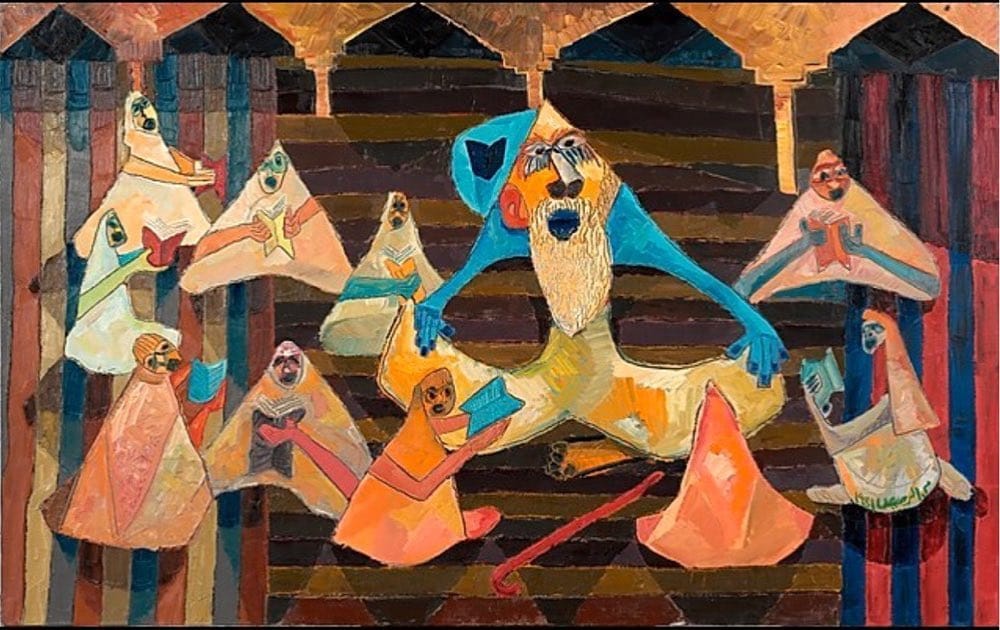
Signature Style and Medium
Al-Rasais is celebrated for his expressionist approach, often employing large-scale paintings to convey complex emotions. His works explore themes of exile and human suffering while experimenting with architectural and cubist techniques. Some of his signature pieces include:
- "Waiting for the End" (1985): A poignant piece delving into themes of anticipation and existential reflection.
- "Falcon and Spindle" (1985): Juxtaposes traditional symbols, offering commentary on cultural identity.
- "Architectural Elements" Series (1982): Examines structural forms, reflecting on the interplay between space and human experience.
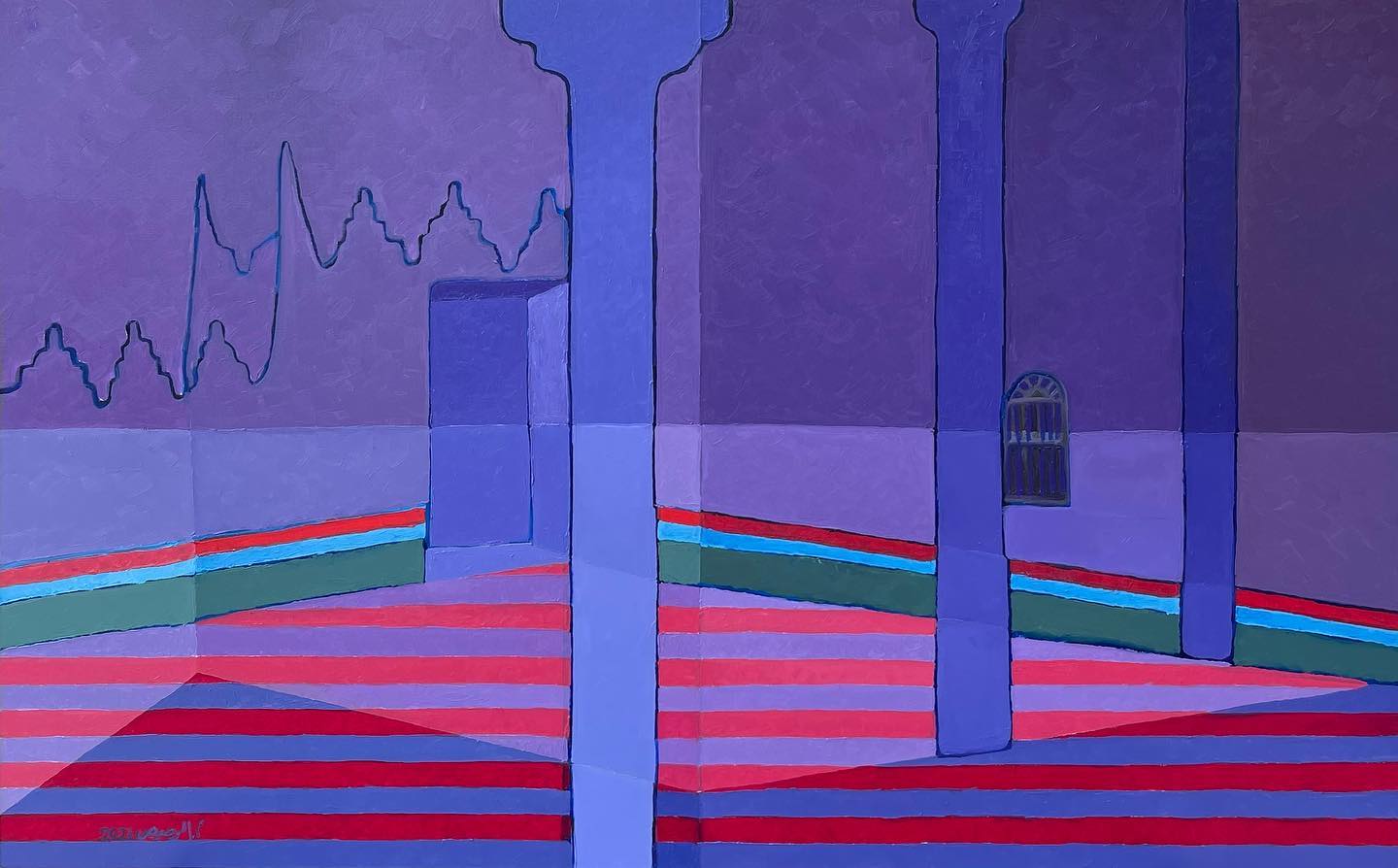
Achievements and Recognition
After his first solo exhibition in Riyadh in 1973, Al-Rasais's works have been showcased both locally and internationally. Between 1972 and 2001, he participated in over 50 collective exhibitions across Saudi Arabia, Egypt, England, Turkey, Spain, France, Taiwan, and the USA.
In addition to his exhibitions, he has served as an art teacher at King Saud University in Riyadh, eventually becoming the president of the Art Department. His publications, such as "Man and Plastic Arts – A Brief History" (1992) and "The Arabian Contemporary Art... the Beginnings and Developments and A Future View" (2002), have enriched Arabic art literature.
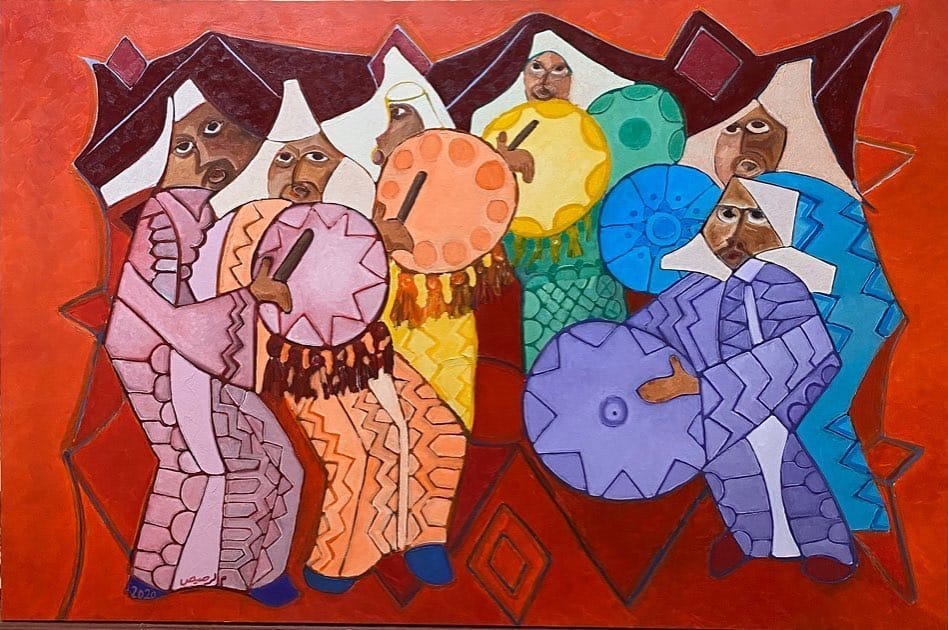
Cultural and Social Impact
Al-Rasais's work deeply resonates with Saudi heritage, reflecting the nation’s cultural narratives and modern identity. His exploration of traditional themes through a contemporary lens bridges the gap between past and present, fostering a dialogue that aligns with Saudi Arabia’s Vision 2030. By mentoring emerging artists and contributing to art education, he has played a crucial role in nurturing the Kingdom’s artistic community.
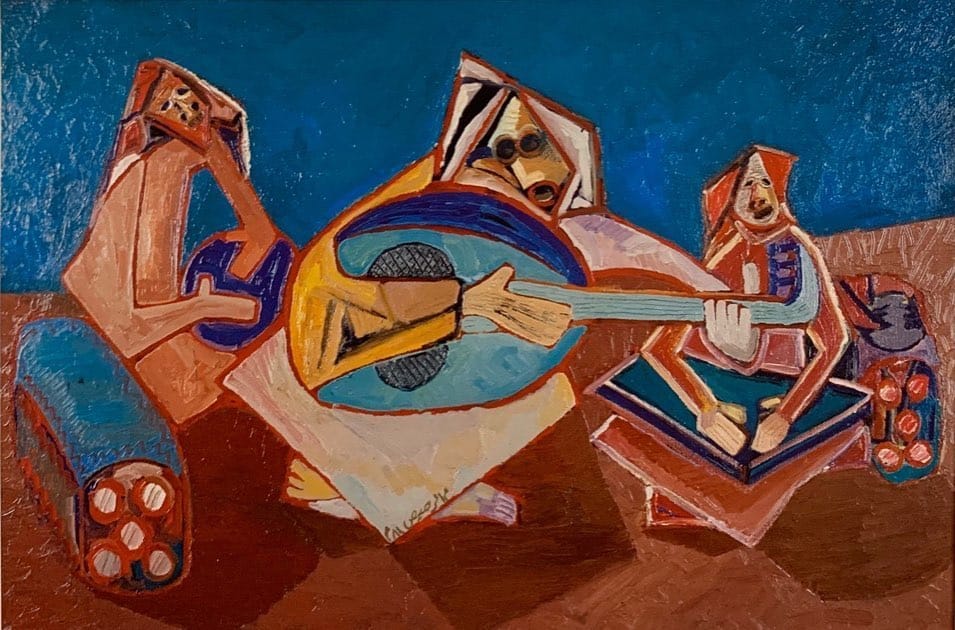
Notable Works
"Waiting for the End" (1985)
A moving piece that delves into themes of anticipation and existential reflection.
"Falcon and Spindle" (1985)
This work juxtaposes traditional symbols, offering a commentary on cultural identity.
"Architectural Form" Series (1982)
A collection that examines structural forms, reflecting on the interplay between space and human experience.
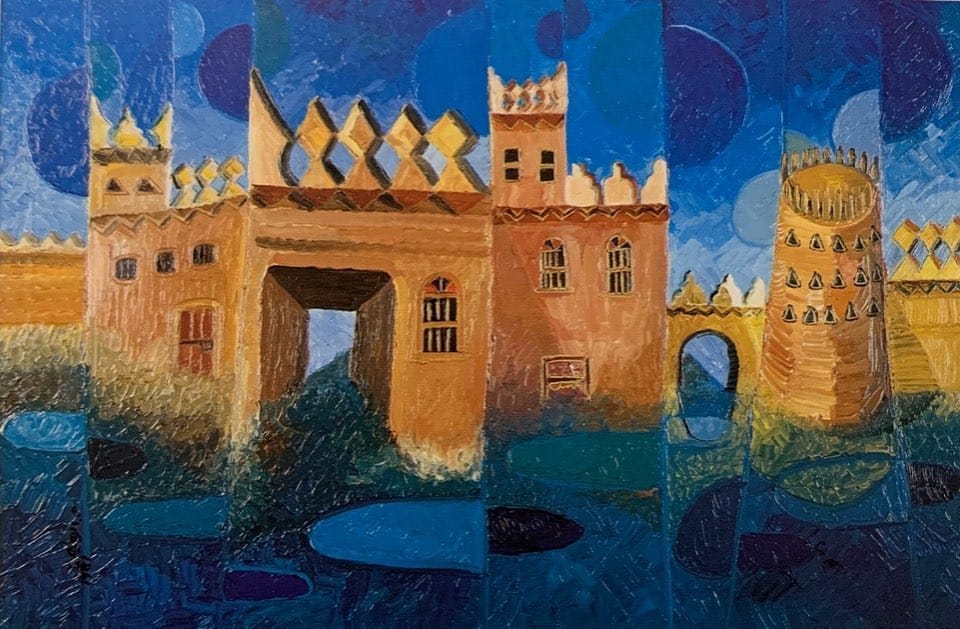
Future Projects and Aspirations
While specific details about Al-Rasais's upcoming projects are limited, his enduring commitment to the evolution of Saudi art suggests a continued influence on the Kingdom's cultural scene. His vision likely encompasses further exploration of contemporary themes, mentorship of young artists, and contributions to art education.
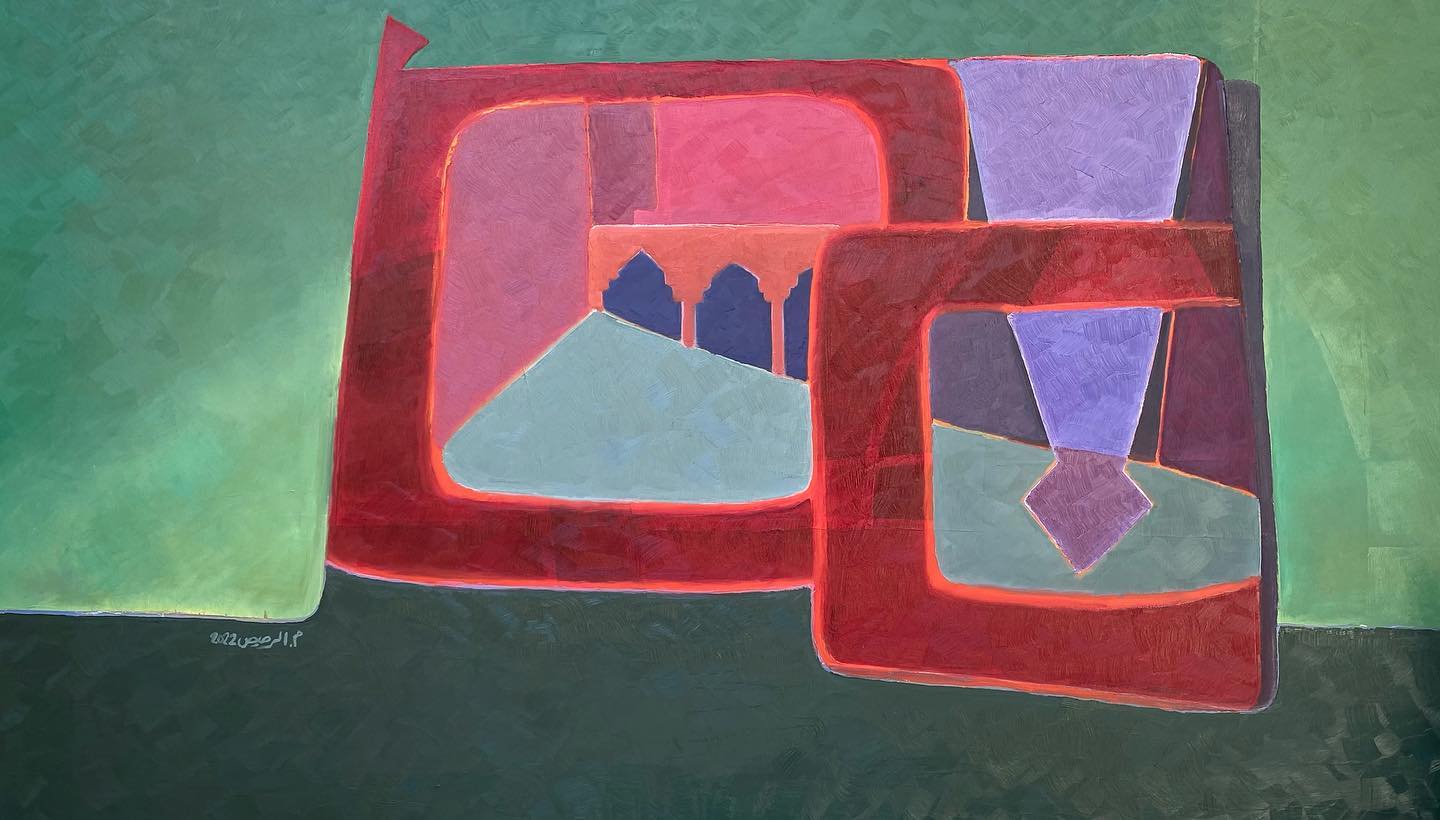
Closing Thoughts
Mohammed Al-Rasais’s legacy in the Saudi art world is profound, marked by his distinctive expressionist style and dedication to cultural discourse. His works offer a deep dive into the human condition, making them essential viewing for art enthusiasts. To explore his creations further, consider visiting exhibitions featuring Saudi artists, local galleries, or accessing publications that showcase his contributions to the art world.

